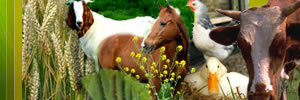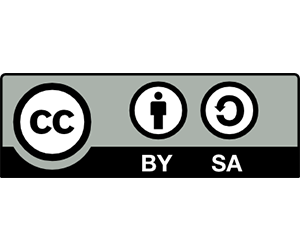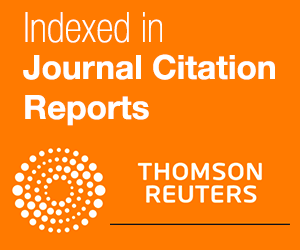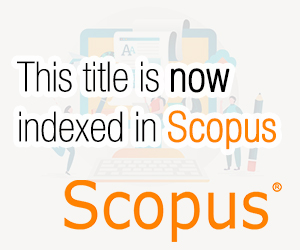EFFECTS OF SOWING DEPTH ON REMOBILIZATION AND TRANSLOCATION OF SEED PHOSPHORUS RESERVES
M. Nadeem1,2,3,*, A. Mollier1 and S. Pellerin1
1ISPA, INRA, Bordeaux Sciences Agro, 33140, Villenave d’Ornon, France
2Department of Environmental Sciences, COMSATS Institute of Information Technology, Vehari, 61100, Pakistan
3School of Science and the Environment, Grenfell Campus, Memorial University of Newfoundland, Corner Brook A2H 5G5, Canada
*Corresponding Author: muha.nadeem@gmail.com
ABSTRACT
Sowing depth can affect seedling establishment due to poor remobilization and translocation of seed reserves towards newly growing maize seedling sinks. A pot study was conducted to investigate the relationship between seedling phytomass and phosphorus (P) source-sink as affected by three sowing depths. Uniform maize seeds were planted in plastic pots at 2, 5 or 8 cm sowing depths and placed in a completely randomized design. Results revealed that seed phytomass, P hydrolysis and P translocation to newly growing sinks were significantly (p≤0.05) higher at shallow sowing depths compared to deeper ones. Seed P source was efficiently utilized by seedlings at 2 cm depth due to higher P loading to leaves (60%) and roots (34%). However, developed seedling sinks at deeper depths caused a significant increase in leaf P concentrations, expressing a poor utilization of P source in terms of seedling phytomass. Results suggested a good relationship of source-sink for P remobilization and translocation at shallow showing depth and sowing seeds at 2 cm depth could results in better source P utilization and healthy crop stand for sustainable agriculture.
Key words: Emergence, phosphorus, phytomass, remobilization, sink, source, sowing depth, Zea mays.
|





